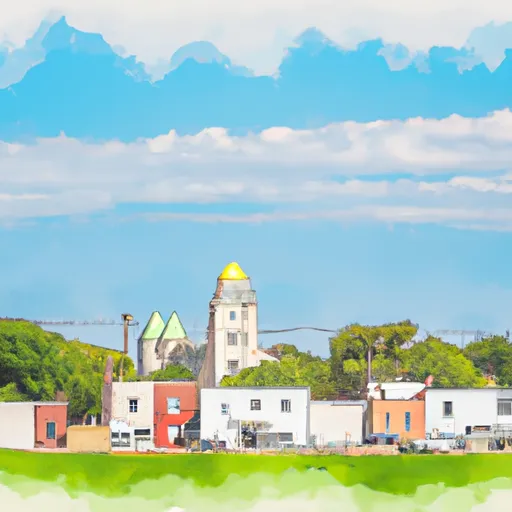°F
°F
mph
Windspeed
%
Humidity











Raymond, Iowa is a small town located in Black Hawk County, in the eastern part of the state. The climate in Raymond is considered a humid continental climate, characterized by warm summers and cold winters. Average temperatures range from around 25°F (-4°C) in winter to 85°F (29°C) in summer.
The town of Raymond is situated near the banks of the Black Hawk Creek, making hydrology an important aspect of the area. The creek serves as a tributary to the Cedar River, and its water quality is monitored to ensure its health and safety. The hydrology constituents of Raymond include monitoring water levels, water quality, and the preservation of aquatic habitats.
Outdoor recreation opportunities in Raymond are plentiful. The town is surrounded by natural beauty and offers various activities for nature lovers. Residents and visitors can enjoy hiking, camping, and fishing along the Black Hawk Creek. The nearby Black Hawk Wildlife Area provides opportunities for bird watching and wildlife observation. In addition, the area offers parks with picnic areas and sports facilities, making it a great place for outdoor enthusiasts to enjoy recreational activities in a beautiful natural setting.
Weather Forecast
Raymond receives approximately 897mm of rain per year, with humidity levels near 84% and air temperatures averaging around 9°C. Raymond has a plant hardyness factor of 5, meaning plants and agriculture in this region thrive during a short period during spring and early summer. Most plants will die off during the colder winter months.
Regional Streamflow Levels
4
Cubic Feet Per Second
45
Cubic Feet Per Second
135
Cubic Feet Per Second
13
Cubic Feet Per Second
Nearby Camping
| Camping Area | Reservations | Toilets | Showers |
|---|---|---|---|
| Pine Ridge | |||
| Shelbina Lake City Park | |||
| Sycamore Loop Dispersed - Noblett Lake | |||
| Dry Fork | |||
| Binder Park | |||
| Waubonsie Trail Park |



